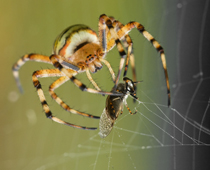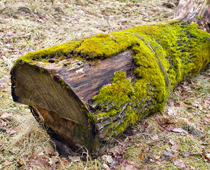

Living Things - Homes For Beasties
This Science quiz is called 'Living Things - Homes For Beasties' and it has been written by teachers to help you if you are studying the subject at elementary school. Playing educational quizzes is a fun way to learn if you are in the 1st or 2nd grade - aged 6 to 8.
It costs only $19.50 per month to play this quiz and over 3,500 others that help you with your school work. You can subscribe on the page at Join Us
Where living things are found is called their habitat. It’s not just big animals that need somewhere to live. Mini-beasts need a home too. We call their homes micro-habitats. At school have you gone looking for mini-beasts? Have you looked under stones? Have you looked under bushes? Have you looked under logs? Have you looked for mini-beasts at home? What have you found out? Where do these tiny animals like to live? What is the micro-habitat of these tiny, but living, things?
Click on the pictures for a closer look.
Ready for more?
not all...
quizzers. Try to win a coveted spot on our Hall of Fame Page.
















